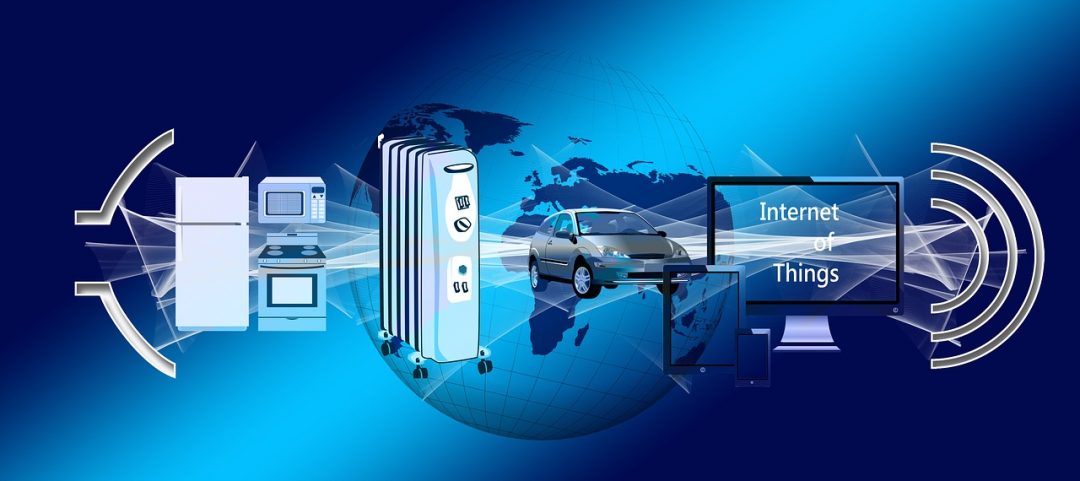The renowned theoretical physicist Michio Kaku stated a few years ago that “today, your cell phone has more computer power than all of NASA back in 1969, when it placed two astronauts on the moon.”
Smartphones are among many devices that have the ability to communicate and compute in our lives. From home appliances like fridges, to modern vehicles and smart wearables, such devices form what has become known as the Internet of Things—they have the ability to communicate with the Internet and between different devices in close proximity. Such “things” produce data that can be of paramount importance to our societies.
The significance of the data generated by the Internet of Things is reviewed in Internet of Things and data mining: from applications to techniques and systems. This data can enable healthcare applications, such as remote patient monitoring for the elderly and those that suffer chronic conditions; energy management, for example, the smart grid for efficient distribution and storage of energy; and for smart city applications, including traffic management in major cities to reduce congestion. The realization of such applications at a large scale, however, faces some stumbling blocks, including computation and communication issues, and concerns with data privacy. Proposed solutions to such challenges are also discussed in the article.
The major enablers to the Internet of Things applications are the long standing data mining and machine learning methods that extract interesting patterns from data and build models. Such patterns and models can be used by users of the Internet of Things technology, realizing the aforementioned applications.
These methods can be categorized, with each category able to serve one or more of the enumerated potential applications. This categorization takes into consideration the increasing power of small devices (things), enabling what has been termed as edge computing/analytics, where computationally intensive data mining methods can run on small devices, like a user’s smartphone.
Kindly contributed by the authors.

















